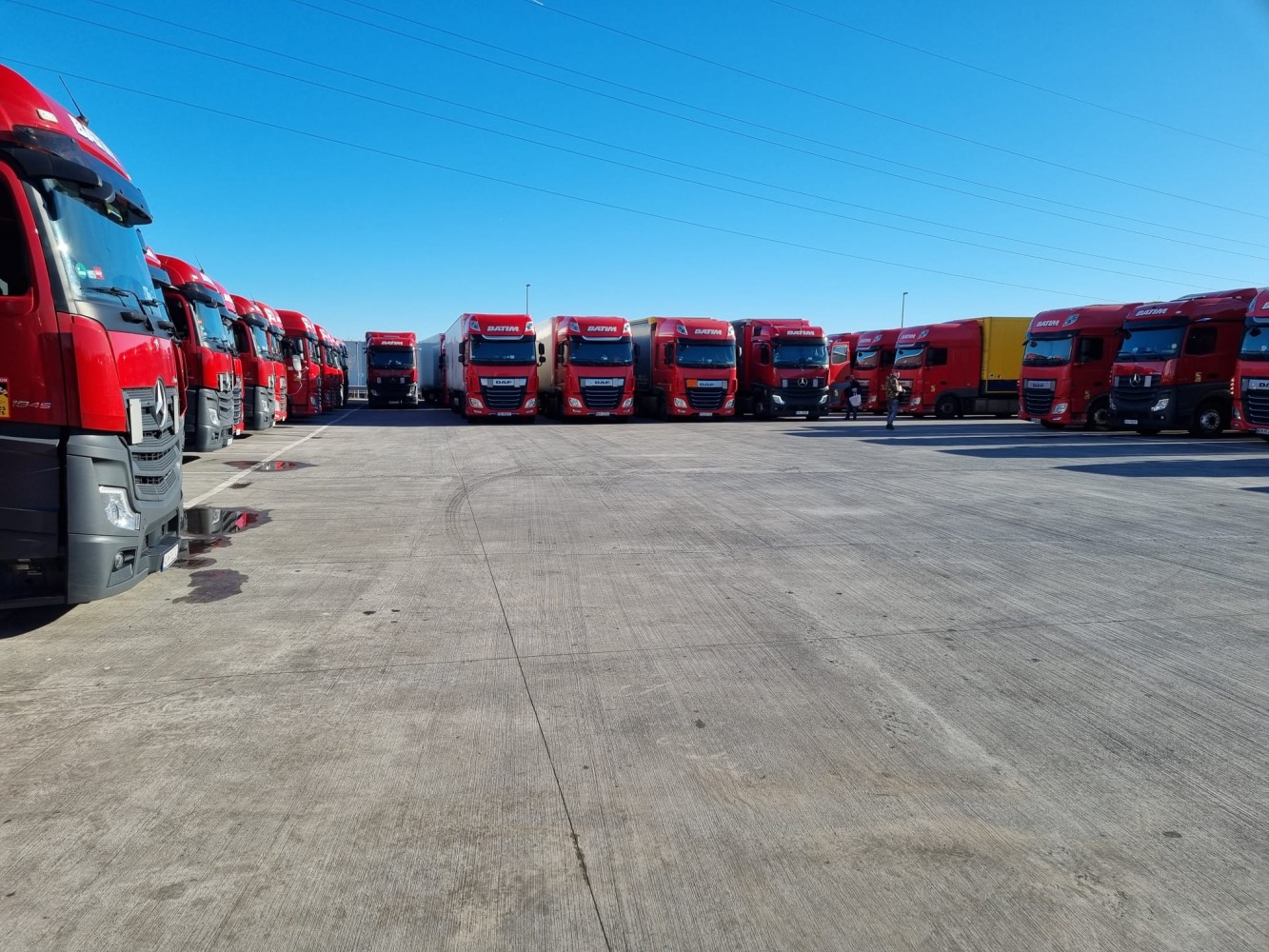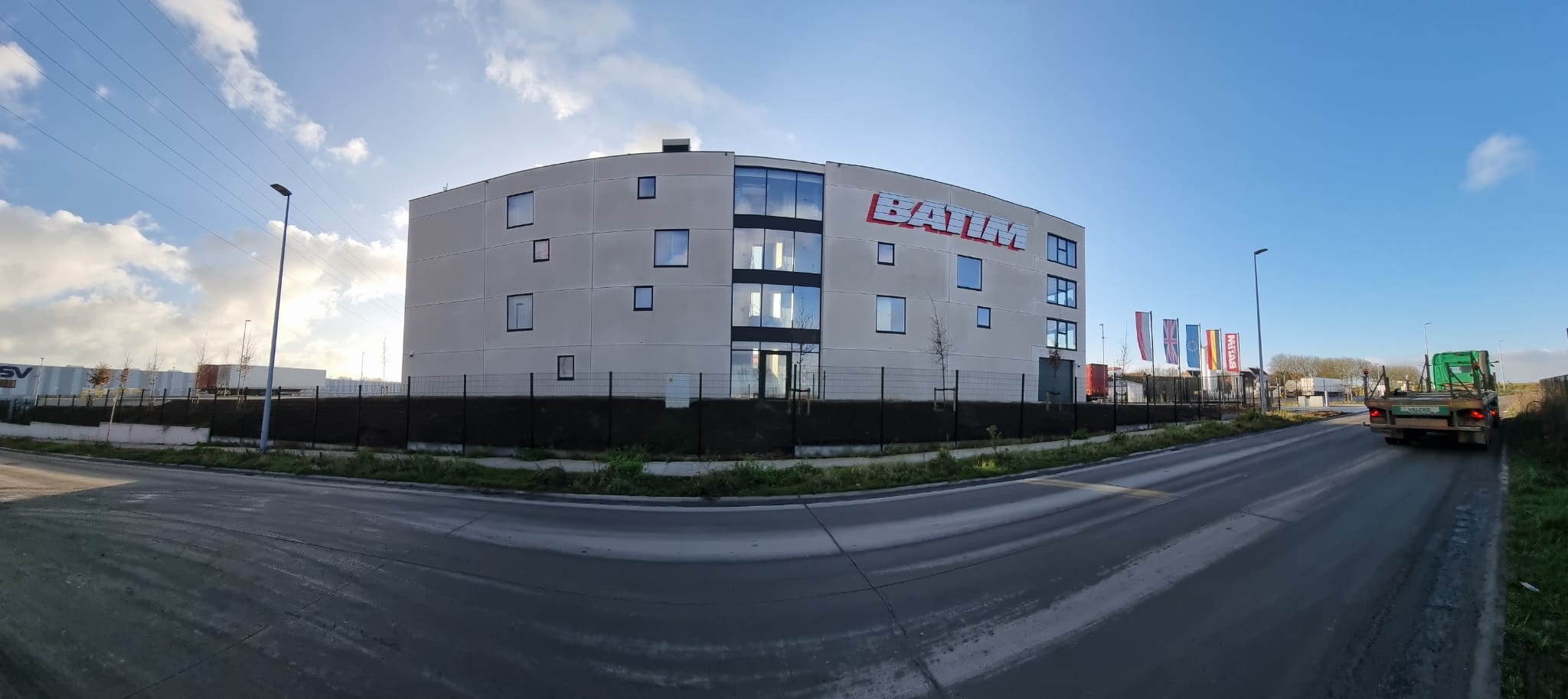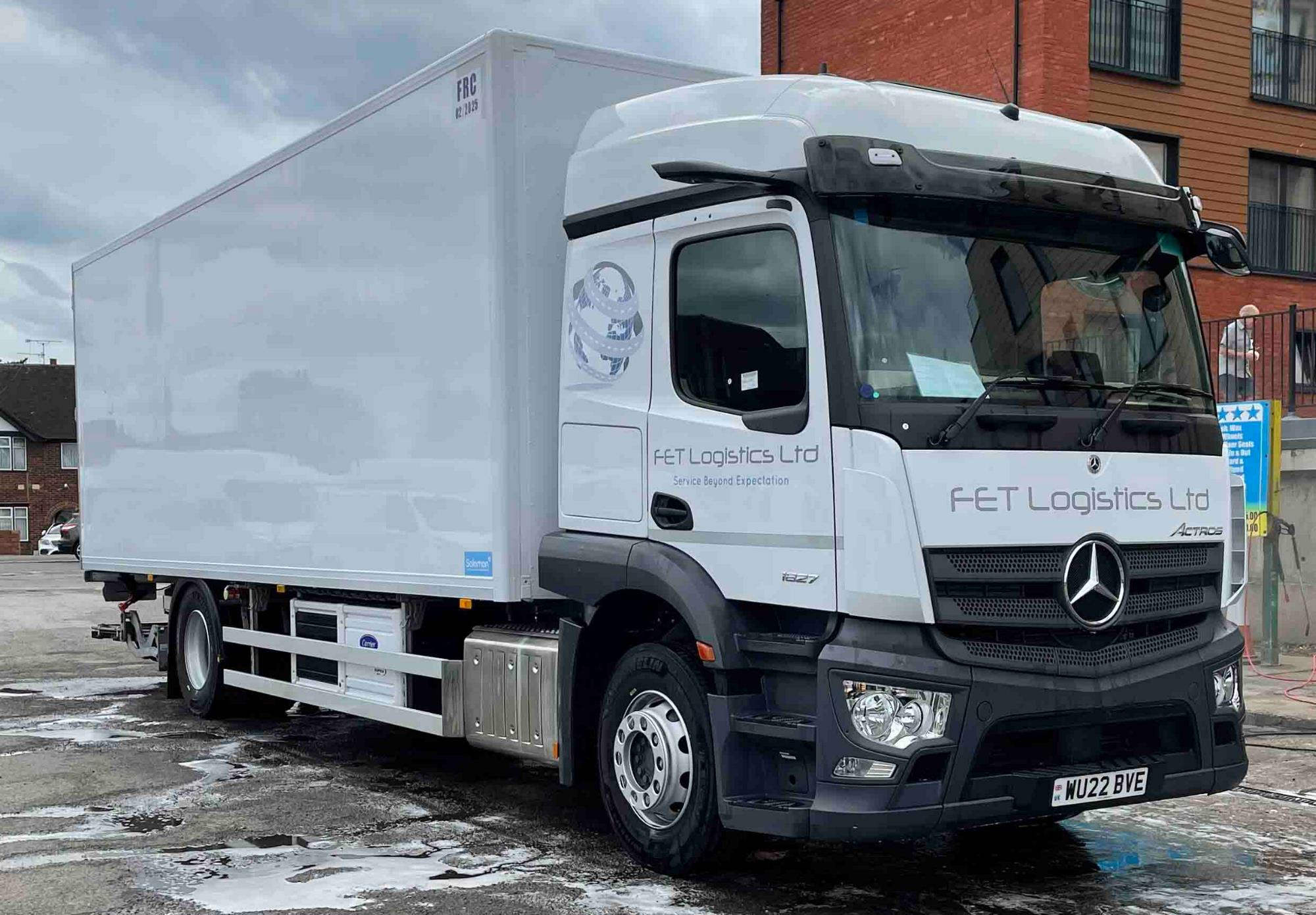
Susie Jones
Cesta SNAP společnosti Batim International Transport & Spedition
Vytvořeno: 19.02.2025
•
Aktualizováno: 19.02.2025
Společnost Batim International Transport byla založena v roce 1995 a poskytuje dopravní a spediční služby po celé Evropě. Společnost se pyšní vynikající kvalitou a nejmodernějším vozovým parkem složeným z vozidel SCANIA a Mercedes.
Společnost sídlí v polském městě Stary Sącz a růst jí není cizí. Ve svých počátcích začínala společnost Batim se dvěma traktory a nyní jich má více než 500.
Za tuto krátkou dobu získala společnost mnoho akreditací a certifikátů - včetně ocenění Nejlepší zaměstnavatel roku 2014 a uznání časopisu Forbes v roce 2015. Rozšiřováním vozového parku a zlepšováním služeb se společnost neustále snaží o růst.
Společnost Batim International se připojila ke SNAPu již v počátcích a nadále využívá svůj účet SNAP k rezervaci parkovacích míst po celé Evropě pro svůj rozsáhlý vozový park. Mluvili jsme s provozním ředitelem Krzysztofem, který hovoří o zkušenostech společnosti se službou SNAP.
Výhody SNAP pro vozové parky
SNAP poskytuje vozovým parkům více než 450 servisních partnerů po celé Evropě, u kterých mohou využívat naše řešení pro platby za vozový park. "Do SNAP jsme se zapojili kvůli bezhotovostním transakcím," vysvětluje Krzysztof.
Pro mnoho vozových parků je SNAP výhodou, protože poskytuje platební řešení, které umožňuje platit za služby nákladních vozidel bez hotovosti nebo karty. Toto platební řešení lze použít například na mytí nákladních vozidel, Dartford Crossing a parkování nákladních vozidel. Podle Krzysztofa je obzvláště přínosné poslední jmenované.
"SNAP mi přinesl výhodu v tom, že jsem si mohl rezervovat parkoviště, takže jsem se nemusel starat o místo pro řidiče."

Výhodou pro Krzysztofa byla také možnost vyhledat partnera pro servisní zastávky nákladních vozidel prostřednictvím systému SNAP. Vysvětluje, že "možnost zkontrolovat a najít všechny podrobné informace o mnoha zastávkách pro kamiony v různých zemích, aby měl jistotu, že je zde vše potřebné ohledně konkrétního nákladu a vybavení pro řidiče", je pro něj jednou z nejužitečnějších funkcí.
Kromě toho má SNAP pro řidiče společnosti Batim obrovské výhody. Řidiči vozového parku Krzysztofa mohou být klidní, protože mají k dispozici rozsáhlou síť parkovišť pro kamiony a odstavných parkovišť. Krzysztof říká, že "rozsáhlá síť parkovišť pro kamiony" SNAP je neocenitelná.
Mnoho podniků na celém kontinentu si díky našemu systému parkování v depu zvýšilo své příjmy. Tento systém umožňuje vozovým parkům nabídnout svá parkovací místa v depu a vydělat další peníze - řidiči se tak mohou vyhnout zranitelným odstavným plochám a průmyslovým areálům. Společnost Batim International pomáhá zmírnit nedostatek parkovacích míst v Evropě tím, že se do tohoto systému zapojila se svým depem v Belgii. To nabízí 20 míst pro ostatní řidiče, když jsou jejich nákladní vozidla na cestě.
Dopad služeb partnera SNAP na pohodu řidičů
Pohoda řidičů je v komunitě řidičů nákladních vozidel horkým tématem diskusí. Jelikož se jedná o náročné povolání, je snadné si uvědomit, jak může dlouhá pracovní doba, sociální izolace a sedavý způsob života ovlivnit duševní zdraví.
Flotily mají povinnost pečovat o pohodu svých řidičů. Významný vliv však mohou mít i zastávky kamionů. Parkoviště a zastávky pro kamiony se základním vybavením mohou výrazně zlepšit pohodu řidičů. To je podle Krzysztofa a jeho týmu pro jejich vozový park čítající více než 800 řidičů životně důležité.
Na otázku, co mohou zastávky kamionů udělat pro zlepšení pohody řidičů, Krzysztof odpovídá: "Řidiči potřebují především čistou sprchu a toaletu." Pro mnohé zdánlivě jednoduché řešení, nicméně dopad, který může mít na zážitek řidiče, je značný.

Zákaznický servis se službou SNAP
Ve společnosti SNAP jsme hrdí na to, že poskytujeme vozovým parkům a řidičům podporu, kterou potřebují k efektivnímu a účelnému provozu. Náš zkušený tým zákaznického servisu a správy účtů pomáhá vozovým parkům a řidičům s jakýmikoli dotazy. Něco, co Krzysztof a tým shledali užitečným.
"Kontaktovali jsme tým zákaznického servisu společnosti SNAP - e-mailem i telefonicky. Vždy jsme se setkali s individuálním přístupem k jednotlivému případu, pochopením a dobrou vůlí zaměstnanců SNAP pomoci v rámci možností," vysvětluje Krzysztof.
Zaregistrujte svůj vozový park do systému SNAP ještě dnes
Naše řešení pro platby za vozový park se na celém kontinentu používá každých 13 sekund k placení za služby nákladních vozidel. Navštivte stránky snapacc.com a připojte se k více než 7 000 vozovým parkům, které používají účet SNAP jako komplexní řešení pro platby za vozový park.



